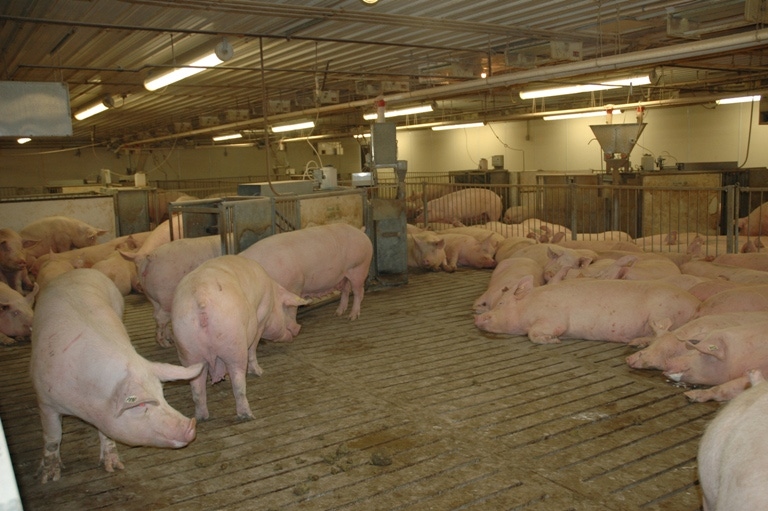With major pork buyers such as McDonald’s, Hormel and Safeway announcing plans to move toward gestation stall-free suppliers, a growing number of the nation’s hog farmers are exploring group housing options.

With major pork buyers such as McDonald’s, Hormel and Safeway announcing plans to move toward gestation stall-free suppliers, a growing number of the nation’s hog farmers are exploring group housing options.
That’s the view of a pair of Minnesota swine researchers who have just completed a field study comparing the performance of gestating sows housed in individual sow stalls to those housed in pens. (See “Retrofitting Gestation Stalls to Group Housing;” pages 14-19).
Yuzhi Li, an assistant professor at the University of Minnesota West Central Research and Outreach Center (WCROC) in Morris, MN, and Lee Johnston, an Extension specialist based at WCROC, have uncovered 11 factors that they believe will improve the likelihood of success in group housing systems.
Unfamiliar sows fight for dominant status when mixed in a group, they note. Since competition among sows is inevitable, management strategies should focus on minimizing competition and social stress for individual sows in a group. They offer these management tips:
• Mix sows five weeks after breeding. Sows are less aggressive once pregnant. Aggression between two and three weeks after breeding can result in loss of embryos, which may cause reproductive failure.
• Mix sows that were housed in the same group during the last gestation. Sows can remember their pen mates after a separation of four to six weeks. Sows will fight less when housed with sows they remember.
• Sort by similar ages and sizes. Young sows are less aggressive than mature sows and suffer fewer injuries when housed separately.
• When young sows have to be mixed with older sows, introduce a group of young sows that know each other. Young sows should make up the majority in the pen.
• Mix sows after feeding. Since limit-fed gestating sows fight for feed, aggressive interactions increase at feeding time.
• Feed sows unlimited high-fiber diets during the mixing period. Sows with free access to feed are less aggressive than limit-fed sows.
• Consider boar intervention. Boars can suppress aggression among sows either due to the dominant status of the boar or the sexual distraction.
• Increase group size. Although there is no optimal group size for minimizing aggression, sows in large groups have fewer fights per sow than small groups. It is possible that sows cannot form a social hierarchy in large pens due to too many pen mates.
• Large groups are associated with large pens, which may allow subordinate sows to flee from fights or display submissive behavior. Provide spaces for subordinate sows to flee and hide from dominant sows in the pen.
• Form static groups. Once sows are mixed, do not add sows to the pen.
• Avoid slippery or broken floors. The pen should have dry, even and non-slippery floors to avoid leg injuries caused by fighting.
More information on transitioning sows to group housing is available at www.extension.umn.edu/swine.
About the Author(s)
You May Also Like





